Fabulous Flowers
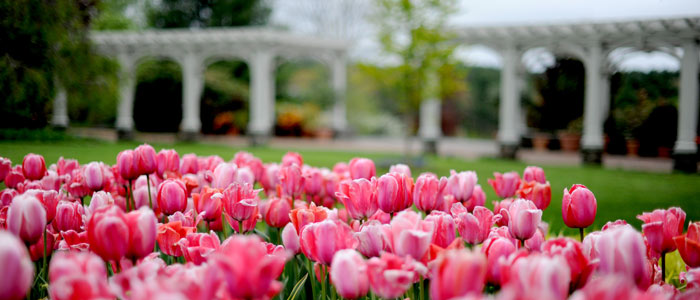
Flowers fill the grounds of New England Botanic Garden during the spring and summer. They are a beautiful and significant part of nature. Flowers are food for animals, creators of seeds, meaningful for humans, and an impressive evolutionary part of plants. Dive into this lesson to learn why flowers are so fabulous.
What are Flowers?
Flowers are an important part of a plant because they govern the plant’s reproduction, allowing plants to create seeds and grow more of their species. A flower’s biggest job is to create pollen and attract pollinators to move the pollen from one plant to the next. Flowers have beautiful petals, scents, and sweet nectar to attract pollinators. Many pollinators see the colors of the petals differently than humans do. Most insects see colors by UV light and when looking at a flower there is a radiant color found in the center of the flower that acts as a bullseye drawing them to the middle. The pollen is found in the center of the flower on the end of the stamens. When the pollinator lands, they may have a drink of nectar, collect pollen on their bodies, and then land on the next flower. When they land on the next flower, they move that pollen onto the sticky stigma, which is part of the pistil of the flower. When pollen sticks to the stigma it travels down the style, and into the ovule where it grows into a seed.
The Language of Flowers
We use flowers in our lives as gifts to show our love and appreciation for people on special days and holidays. This act has been happening for centuries across many different cultures, in plays, and in stories. Over time almost all flowers have been given an underlying meaning whether good or bad. People in the 1800s used flowers to tell others good luck or “beware,” to ask for forgiveness, and to share their emotions. Review the flowers below and learn some of the meanings people have assigned to common flowers.
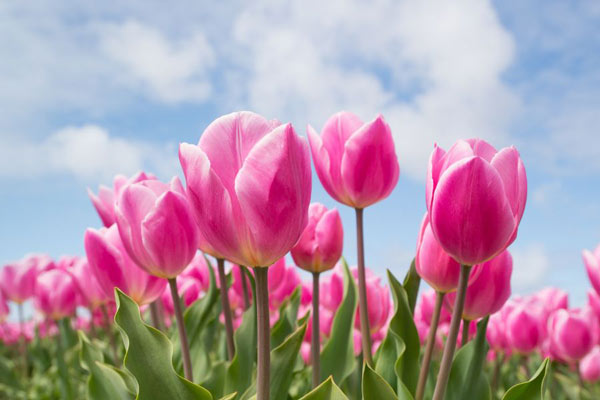
Pink Tulip: Well wishes and happiness
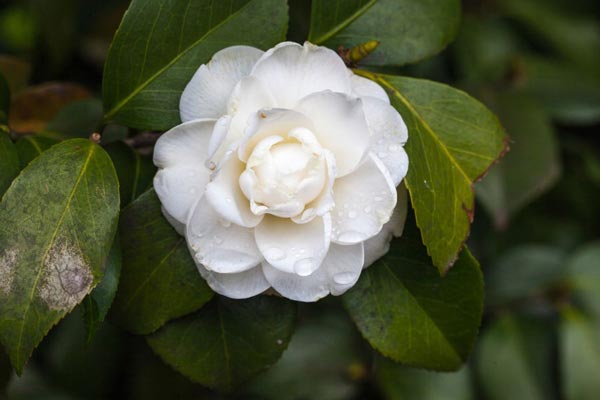
White Camelia: Admiration and respect
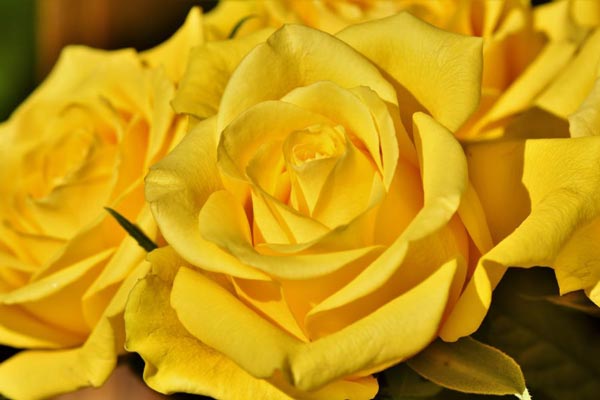
Yellow Rose: Friendship
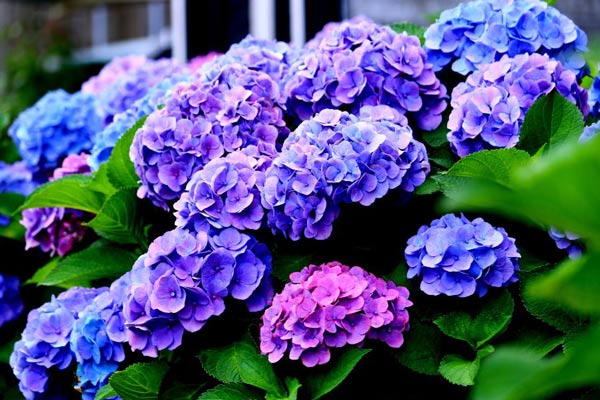
Hydrangea: Gratitude for being understood
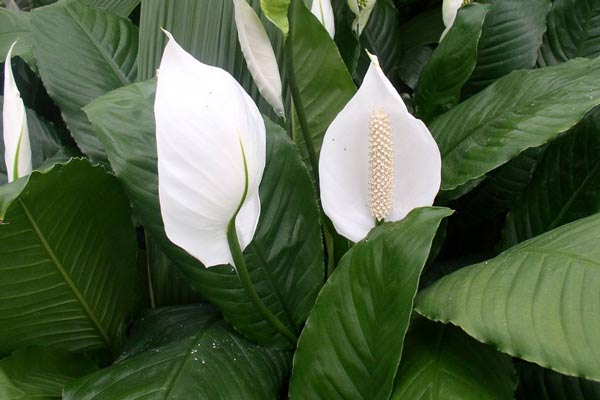
Peace Lilies: Sympathy and peace
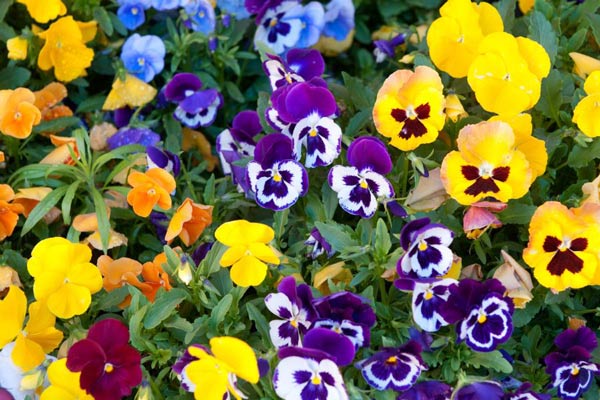
Pansy: Thoughtfulness and remembrance
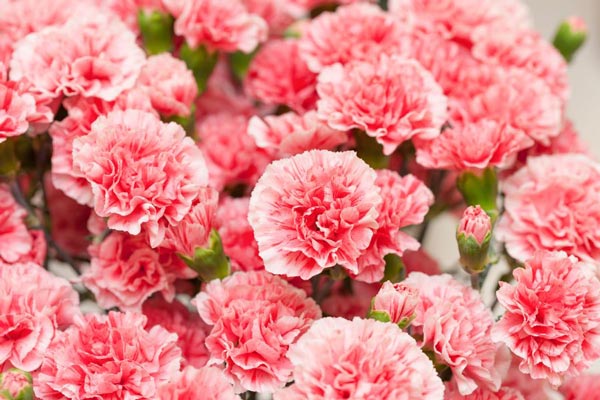
Pink Carnation: “I will never forget you”
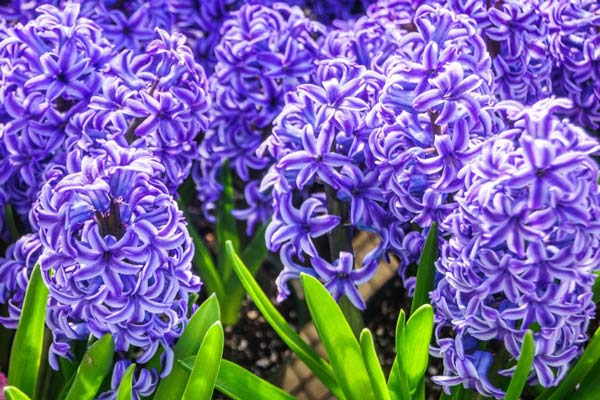
Purple Hyacinth: “I’m sorry”
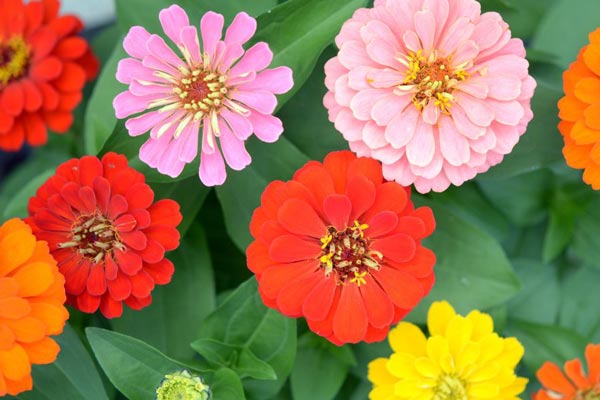
Zinnia: Thinking of you
Flower Adaptations
As you can see above, flowers come in many different shapes and sizes. It is not a coincidence either. This is all because of evolution! Flowers have adapted to their environment for centuries by evolving their flower structures, petal size, scent, and more. Some became more fragrant to attract bats while others became smellier to attract flies. Petal size has increased to create a landing platform for butterflies and moths. Other flowers have become small without any petals so that the wind can spread their pollen. Take time today to research why your favorite flower looks the way it does.
Activity: Flower Dissection and Petal Press
Dissection materials: fresh flowers, paper, scissors, tweezers, and a writing utensil
Petal press materials: flower petals, paper, thin & thick cardboard, rubber bands, and markers
Take some time to investigate a flower and look closely at all the different parts. Write on the piece of paper the parts of the flower: stem, leaves, petals, stamen, and pistil. Then write the parts of the stamen, (anther and filament) and then the parts of the pistil (stigma, style, and ovary). Slowly dissect and sort each part of the plant and discuss the role of each part.
Once you have studied and dissected your flower, keep your petals for your flower press. We will be creating a booklet that is about 5×8. Follow the step-by-step craft in our Arts & Crafts section.
Keep your petal press together for about two weeks and come back and check out the flattened petals that have been perfectly preserved. Use these petals as decorations for art projects or create a fairy petal potion bottle.
Nature Exploration
Visit your nearest garden, park, or meadow in search of flowers. See if you can identify all their parts.
- How does each flower species look different? How would you describe the flower’s leaves, Stem, or Petals?
- Study the habitat where the flower is located. Based on the environment, how do you think the flower has adapted?
- If you can identify the flower, can you research the meaning behind the flower?
- What is the coolest adaptation that you saw on your exploration?
Books and Resources
The Reason for a Flower by Ruth Heller
Parts of a Flower
